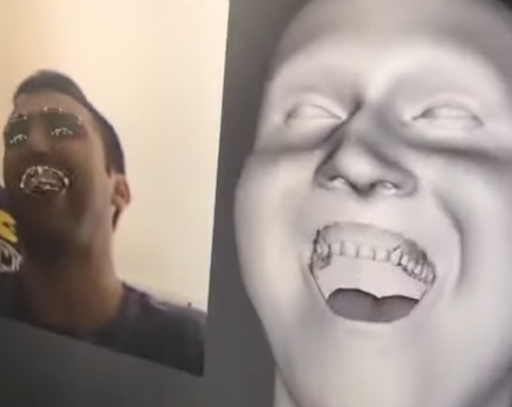Having Fun with Kinect: Bringing a Digital Face to Life
When most people think of the Microsoft Kinect, they likely recall a revolutionary gaming accessory that allowed players to become the controller. But for creative tech enthusiasts and developers like myself, Kinect represents a doorway to fascinating projects that bridge the physical and digital worlds.
One such project that I recently embarked on involved using Kinect to capture and transfer my own motions to animate a digital model of my face. This endeavor was not just a technical challenge, but also a thrilling exploration of what’s possible with some clever coding and Kinect’s capabilities.
The Inspiration
The inspiration for this project came from my fascination with digital animation and motion capture technologies. With the Kinect, known for its ability to track human body movements in three dimensions, I saw an opportunity to delve into the realm of personalized animation—an area that’s usually reserved for high-budget studios with access to more sophisticated equipment.
The Setup
The setup for this project was straightforward but required some meticulous adjustments to ensure accuracy. I connected the Kinect to my PC and used a piece of software I wrote specifically for this task. The software’s role was to interpret the Kinect’s data, focusing particularly on the nuances of facial movements, and then map these motions onto the digital model of my face.
The Challenges
One of the initial challenges was calibrating the Kinect to accurately capture the full range of facial expressions. This required a lot of testing and tweaking to get right. Facial movements are complex and subtle, so setting up the Kinect to capture every grimace, smile, or eyebrow raise was crucial for creating realistic animations.
Another challenge was the data transfer and processing. Ensuring that the motion data from Kinect translated effectively to the digital model without significant latency involved optimizing the software for real-time performance. This was critical for seeing the animations play out as naturally as possible.
The Fun Part
The truly enjoyable part of this project was seeing the digital model mimic my movements in real time. It was almost surreal to watch a digital version of my face smile, frown, or look surprised exactly when I did. This not only demonstrated the power of Kinect beyond gaming but also opened up new possibilities for personalized digital interactions.
What I Learned
This project was a great learning experience in handling and interpreting live motion capture data. It also improved my understanding of facial modeling and animation. Moreover, the success of this project has inspired me to explore further applications of Kinect in animation and perhaps even in other areas like virtual reality or interactive installations.
The Possibilities
The potential applications for this technology are expansive. From creating more immersive video game experiences to developing tools for virtual meetings where digital avatars reflect real-time expressions of participants, the possibilities are only limited by our imagination.
Conclusion
Working with Kinect to animate a digital model of my face was not only a fun technical project but also an insightful journey into the potential of motion capture technology. It’s exciting to think about what other creative projects the Kinect could be used for, especially as we continue to push the boundaries of what’s possible in the intersection of technology and art.
This project reminded me once again why I love technology: it’s a playground for the curious and a tool that continuously challenges our creativity and ingenuity.
